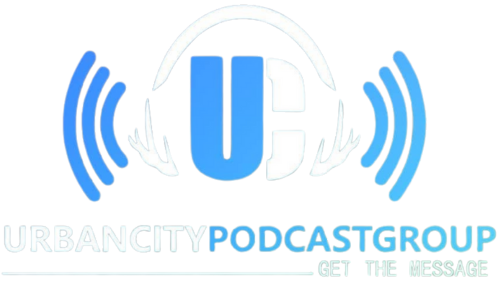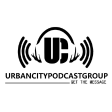Key Takeaways:
- Latin-X households have significantly lower median wealth compared to white households.
- Financial literacy and equitable banking opportunities are crucial to bridging this gap.
- Community empowerment and transformation can start with addressing the wealth disparity.
Bridging the Latin-X Wealth Disparity
Did you know that the median wealth of Latin-X households is just a fraction of that of white households?
This stark reality impacts not only individual families but entire communities.
It’s time to explore how we can close this gap for good.
From boosting financial literacy to creating equitable banking opportunities, the solutions are within reach.
Ready to plunge deeper into how this can empower and transform your community?
The journey to change starts now.
Understanding Income Inequality
When it comes to understanding income inequality, it’s crucial to recognize how it shapes our communities and affects our daily lives.
You’re not just looking at numbers—you’re seeing the real impact on families and futures, especially within the Latin-X community. Income distribution is skewed, with the top 20% earning considerably more than the bottom 20%.
The Gini Coefficient reveals a growing wealth inequality, highlighting disparities in cities like New Orleans.
This inequality isn’t just about income; it’s about opportunity, access, and long-term wealth building.
Recognizing these inequities empowers you to advocate for change, ensuring every voice is heard and valued.
The Gini coefficient, a common measure of income inequality, provides a standardized metric for comparing income inequality across regions.
Overcoming Systemic Barriers
Breaking through systemic barriers requires more than just acknowledging their existence—it’s about actively dismantling them to pave the way for equitable opportunities.
Cultural barriers and financial literacy are key areas to address.
Many Latinx individuals face a lack of open money conversations, which limits financial knowledge.
This financial literacy gap, combined with mistrust of financial institutions, restricts access to essential services.
To overcome these challenges, consider these strategies:
| Barrier | Solution | Impact |
|---|---|---|
| Cultural barriers | Encourage open money dialogues | Enhance financial literacy |
| Financial literacy | Offer community-based financial education | Empower wealth-building opportunities |
| Financial inclusion | Expand access to safe financial products | Increase economic mobility |
Examining Racial Wealth Disparities
Understanding and addressing racial wealth disparities is essential for economic equity and societal progress.
You’ve likely observed that the gap between white, Black, and Latino households remains stark. In 2022, white households had a median wealth of $285,000, while Black and Latino households had $44,890 and $62,000, respectively.
These disparities carry significant economic consequences for communities. The racial wealth gap widened by nearly $50,000 between 2019 and 2022, highlighting an urgency to tackle these inequities.
Black families own just 23 cents for every dollar of white family wealth, and Latino families only 19 cents. These figures aren’t just numbers—they’re barriers to prosperity and growth.
Enhancing Asset Accumulation
A deep understanding of racial wealth disparities lays the groundwork for empowering change, but let’s talk about what comes next—enhancing asset accumulation for Latino communities.
Financial education is key. It equips you with wealth strategies to maneuver complex financial systems. However, many Latino households lack exposure to essential financial instruments.
Here’s how to enhance asset accumulation:
- Financial Literacy Programs: Support community-based initiatives like the Hispanic Wealth Project that tailor financial education to your needs.
- Accessible Banking: Address the 9.3% unbanked rate by ensuring fair banking practices and offering affordable financial tools.
- Homeownership Opportunities: Break barriers with down payment assistance programs for first-time Latino homebuyers.
- Entrepreneurial Support: Boost access to capital for Latino entrepreneurs to expand and diversify financial assets.
Understanding and acting on these strategies can bridge the wealth gap.
Implementing Effective Policy Solutions
When it comes to implementing effective policy solutions, there’s no time to waste. You know that closing the Latinx wealth gap requires immediate action and focus.
Start with financial literacy and policy advocacy to guarantee fair banking and financial inclusion.
Encourage banks, especially credit unions and CDFIs, to serve low-income communities, providing access to safe financial products.
Advocate for regulations like the Community Reinvestment Act to hold financial institutions accountable.
Inclusive homeownership policies, like down payment assistance for first-generation buyers, can greatly reduce the wealth gap.
Address educational challenges by supporting early childhood programs and advocating for equitable resources in K-12 and post-secondary education.
Building a Legacy of Wealth for All
Did you know that the median wealth of Latin-X households is only about one-eighth of that of white households?
That’s a massive gap, but guess what?
You can help change that. Picture this: by advocating for inclusive banking, equitable homeownership, and financial literacy, you’re not just closing a gap; you’re building a legacy.
Imagine the impact of empowering yourself and your community with knowledge and resources.
So, what are we waiting for?
Let’s dismantle these barriers together and set the stage for lasting economic growth for everyone.










